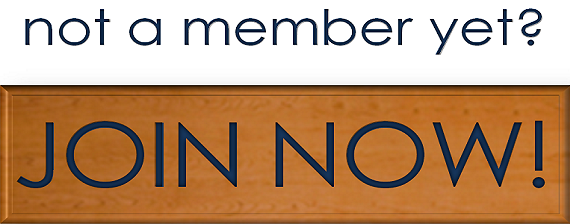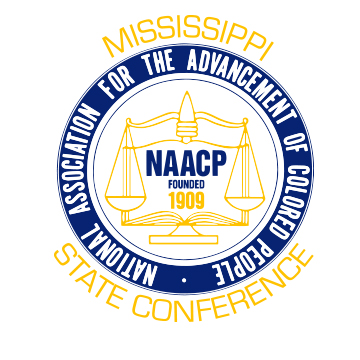Biker Clubs Instead of Thugs? This is How Racism Works
2015/05/19 – Language used to describe African Americans vs. nonblacks is important, and it shapes the way we perceive things, oftentimes as much as, if not more than, visuals.
On Sunday, in Waco, Texas, violence erupted when an altercation between members of two rival motorcycle gangs spilled out from a bathroom at the Twin Peaks restaurant, into the main area of the eatery, and eventually into the parking lot.
When it was over, the bloody encounter left nine dead and over a dozen people hospitalized. The arrest count reached approximately 170 after members of both gangs—most of them white or nonblack—reportedly turned their weapons on members of law enforcement upon police officers’ arrival at the scene.
As incredible a picture as this all seems, now that the dust has settled from Sunday’s massacre (or not), there still seems to be something missing: Where is the wall-to-wall media coverage that has blanketed our televisions of late every time there is a group of black folk who even appear to bethinking about acting unruly? Where’s Don Lemon and Geraldo Rivera?
Nine people were killed as part of this incident, and yet television, print and Web outlets alike for this story displayed a fraction of the interest they did for every aspect of looting and unruliness in Baltimore just a few weeks ago; a time when the best clip of real, on-camera violence the media could muster up quickly turned into a debate on who should be mother of the year.
Even as details about the bloody incident between the two biker gangs continue to trickle out, and as the coverage has slowly widened, there has been a calculated and deliberate difference in how many mainstream media outlets have reported this story as compared with the numbers reporting others of late.
In addition, reports have referred to both violent groups in the North Texas melee as “biker clubs” or “groups” and placed emphasis on them being involved in “organized crime.” This differs starkly from coverage of the “riots” in Baltimore.
At best, the contrast appears inconsistent and, at worst, it borders on irresponsible. Language is important and it shapes the way we perceive things, oftentimes as much as, if not more than, visuals. If young black faces in Ferguson, Mo., and Baltimore can draw the label “thug” while seeking an audience to express their frustrations with years of systemic oppression, then it only follows that this Texas group of violent offenders should not enjoy the luxury (read: privilege) of being sanitized in the media as “organized” as if they are white-collar criminals.
The myth of black criminalization is one that has far-reaching effects and can often have a lasting impact long after and far away from whatever incident(s) may have given rise to the original story.
For anyone who is still confused, this is how racism works.
The divergent paths of how these two stories are reported form two different ways of processing the details and looking at the suspects in these respective situations. It also serves to further inner biases and prejudices against certain groups.
In today’s 24-hour news cycle, it is critically important that we hold news and media outlets accountable for disparities in reporting stories. How we are depicted can often play a role in the court of opinion and has a long-term impact on whether we ultimately achieve the results we seek from the criminal-justice system.
Equally as important is that we pay close attention to our internal discussions and how we characterize these stories among one another. If we allow ourselves to unwittingly fall into the same trap, it becomes much harder to blame the media for doing to us what we may already be doing to ourselves.
Source: The Root Magazine



